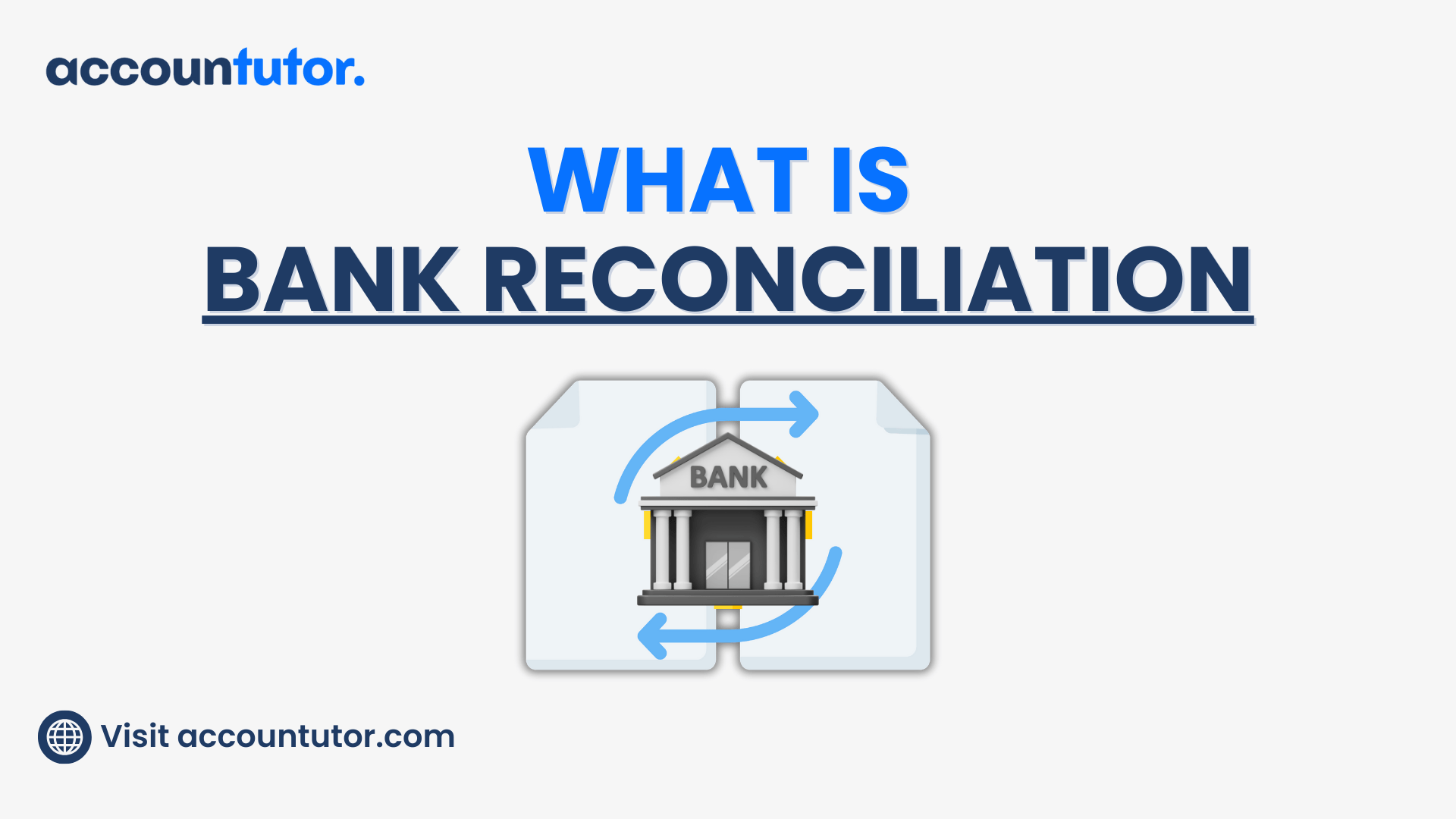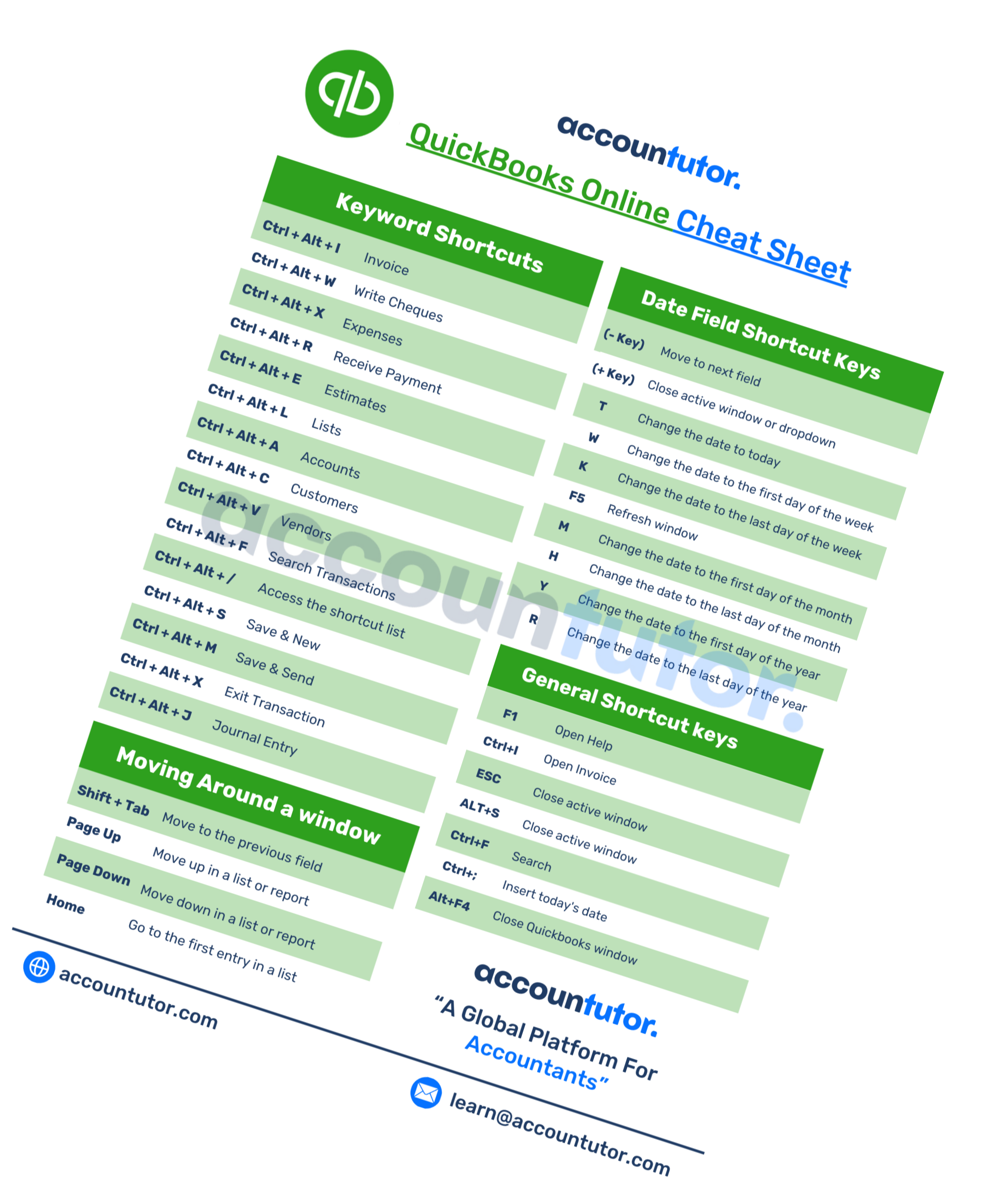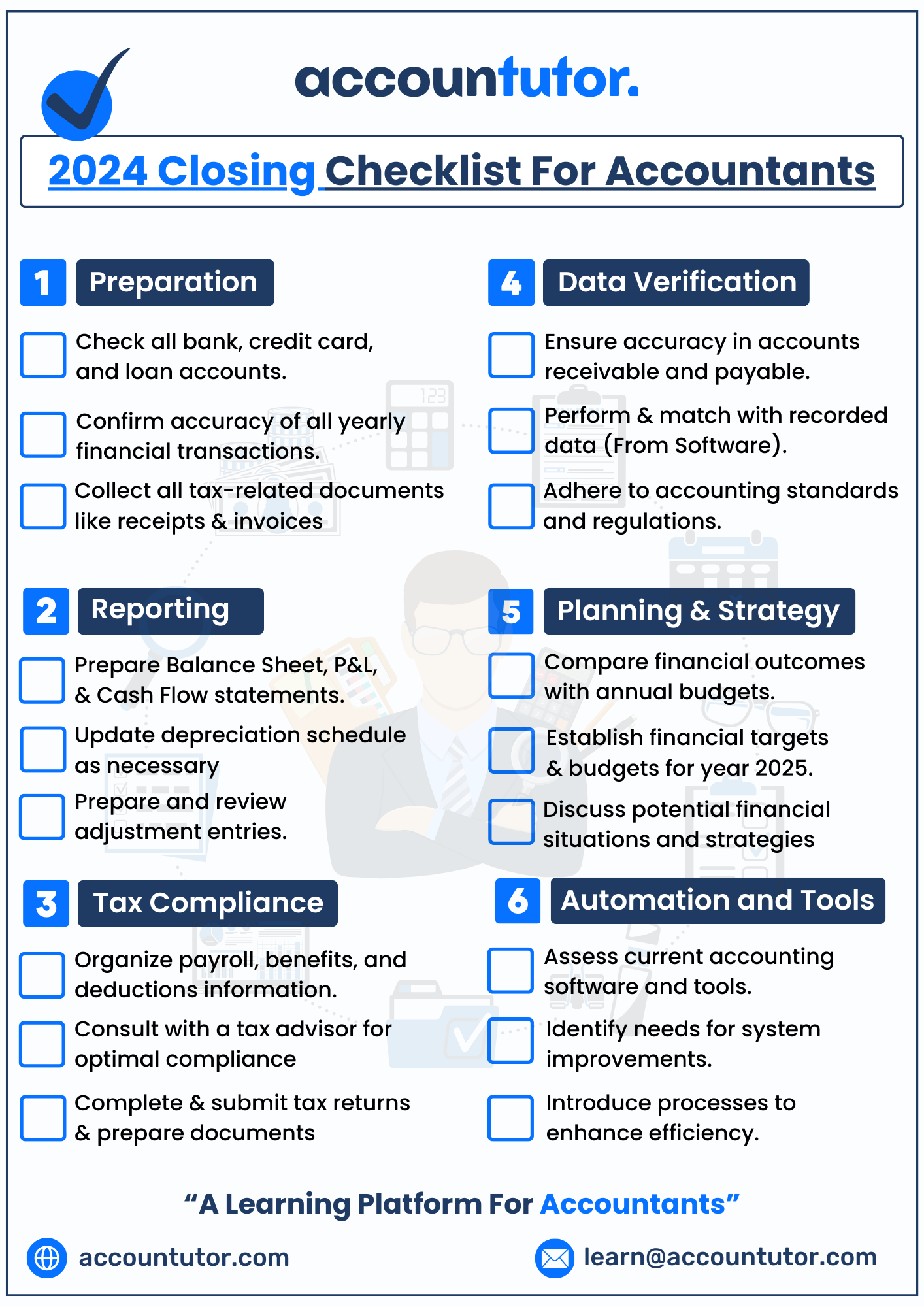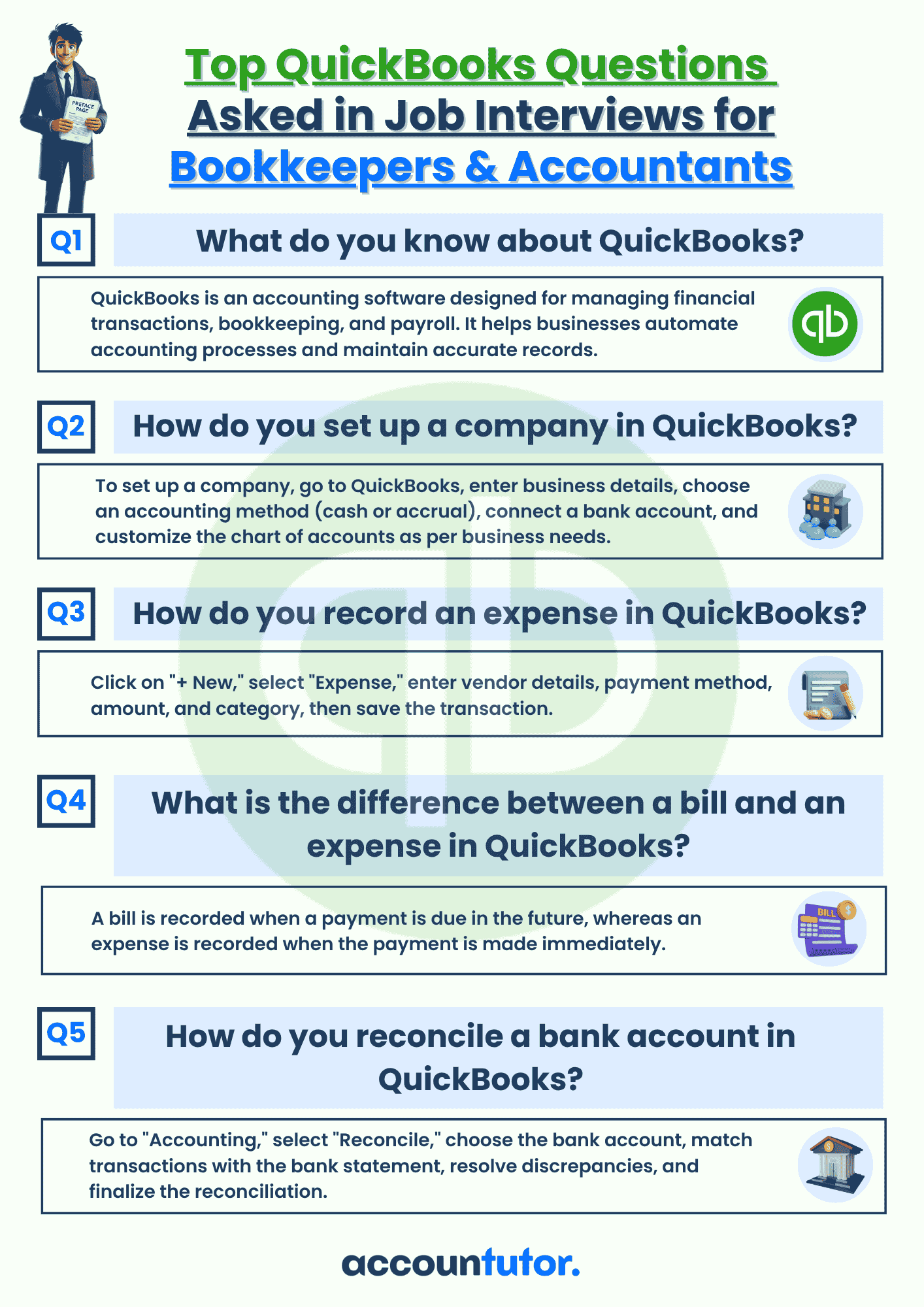What is Bank Reconciliation?

What is Bank Reconciliation and Why is it Important?
Bank reconciliation is the process of comparing your business’s financial records, such as your ledger or accounting software, with your bank statement to ensure they match. It’s about verifying that every transaction in your books aligns with the bank’s records, making sure your money is exactly where it’s supposed to be.
Think of bank reconciliation as a
detective process. It allows you to identify errors, omissions, or
discrepancies, helping you maintain accurate and reliable financial records.
Key Benefits of Bank Reconciliation:
- Catch Errors Early: Identify mistakes in your records or on your bank statement.
- Ensure Accuracy: Keep your financial records clean and up to date.
- Prevent Fraud:
Spot unauthorized or fraudulent transactions.
By reconciling your accounts regularly, you’re not just crunching numbers—you’re safeguarding your business’s financial health.
Why Does Bank Reconciliation Matter?
Regularly reconciling your accounts
is crucial for several reasons:
1.
Ensures Accuracy
Accurate records are the foundation
of sound financial decision-making. Whether it’s preparing a budget,
forecasting revenue, or filing taxes, you need confidence that your numbers are
correct.
2. Builds Trust
Investors, lenders, and stakeholders
rely on your financial data to assess your business. Reconciled accounts build
credibility and demonstrate that you’re managing finances responsibly.
3. Prepares You for Audits
Tax audits or financial reviews can
be stressful if your records are disorganized. A reconciled bank account
simplifies the process, ensuring that your books match your bank’s records.
4. Protects Against Fraud
Reconciling your accounts regularly helps you detect unauthorized transactions, preventing financial losses and maintaining control over your finances.
How to Reconcile Your Accounts: Step-by-Step Guide
Reconciling your bank accounts may
seem daunting at first, but it’s a straightforward process when broken into
clear steps:
1. Start with the Bank Statement
Begin by reviewing the ending
balance on your bank statement. This serves as your starting point for
reconciliation.
2. Add Deposits in Transit
Identify deposits you’ve recorded in
your ledger but haven’t yet cleared the bank. These amounts need to be added to
the bank statement balance.
3. Subtract Outstanding Checks
List checks you’ve issued but
haven’t yet been cashed or cleared by the bank. Deduct these amounts from the
bank statement balance.
4. Adjust for Bank Fees and Interest
Account for any fees, charges, or interest recorded by the bank that may not yet appear in your ledger. Add or subtract these amounts as necessary.
5.
Investigate Errors or Discrepancies
Look for duplicate entries,
incorrect amounts, or unauthorized transactions. Resolve any discrepancies to
ensure the adjusted bank balance matches your ledger.
The Goal:
Your adjusted bank balance should equal your ledger balance.
A Practical Example of Bank Reconciliation
Bank Statement Ending Balance: $4,800
Ledger Balance: $5,000
Step 1: Identify the Differences
Deposits in Transit: A $300 deposit recorded in your ledger hasn’t appeared on the bank statement. Add this to the bank statement balance: $4,800+$300=$5,100
Outstanding Checks: A $100 check issued to a supplier hasn’t cleared the bank.
Subtract this from the bank statement balance: $5,100−$100=$5,000
Adjusted Bank Balance: $5,000
Ledger Balance: $5,000
Congratulations! The accounts are reconciled.
Common Causes of Discrepancies in Bank Reconciliation
While reconciling your accounts, you
may encounter discrepancies. Here are some common reasons why your ledger and
bank statement might not match:
1. Pending Transactions
Deposits or checks not yet processed
by the bank can create temporary differences between your records and the bank
statement.
2. Bank Fees or Interest
The bank may charge fees (e.g.,
monthly account maintenance) or credit interest that hasn’t been recorded in
your ledger.
3. Errors
Mistakes like duplicate entries,
transposed numbers, or missed transactions can throw off your reconciliation.
4. Fraud or Unauthorized Transactions
Unrecognized transactions may indicate fraud or an error that needs immediate attention.
Best Practices for Bank Reconciliation
1.Reconcile Regularly
- For most businesses, monthly reconciliation is sufficient.
- High-transaction businesses may benefit from weekly or even daily reconciliation.
2.Use Accounting Software
Tools like QuickBooks or Xero can automate much of the reconciliation process, saving time and reducing errors.
3. Double-Check Entries
Review each transaction carefully to ensure amounts, dates, and descriptions are accurate.
4. Investigate Discrepancies Promptly
Don’t delay resolving differences.
The sooner you identify and fix errors, the easier it is to maintain clean
records.
5. Keep Documentation
Save bank statements, receipts, and other supporting documents for reference during reconciliation or audits.
Why Bank Reconciliation Is Worth Your Time
Improved Financial Management: Reconciliation helps you make informed decisions about spending, saving, and investing.
Fraud Prevention: Regular checks ensure that unauthorized transactions don’t go unnoticed.
Peace of Mind: Knowing your records are accurate builds confidence in your financial management.
Common Questions About Bank Reconciliation
1.
How Often Should I Reconcile My Accounts?
Most businesses reconcile monthly, but high-volume
businesses may benefit from weekly or daily checks.
2.
What Should I Do If I Find an Error?
Investigate the source of the error immediately.
Correct mistakes in your ledger or contact your bank for clarification.
3.
Can I Automate Bank Reconciliation?
Yes! Many accounting software programs offer automatic
reconciliation features, syncing your bank transactions with your records.
Take Your Accounting Skills Further
Ready to dive deeper? Enroll in our free mini-course, ‘Accounting Explained,’ on Accountutor.com.
Our expert-led courses simplify complex accounting concepts, making them accessible for everyone—from beginners to experienced professionals. Learn how to master bank reconciliation and other essential accounting processes with ease.
Visit Accountutor.com today and unlock your financial potential.
Conclusion
Whether you’re managing a small business or overseeing complex accounts, mastering bank reconciliation is an essential step toward financial success.
Start your journey today with Accountutor’s free courses and resources. Visit Accountutor.com now and take control of your finances. Happy reconciling!
Subscribe to our newsletter
Policy Pages
Join our Bookkeeping and Accounting Community





Register for this webinar: How to Master QuickBooks Online— Without Feeling Overwhelmed



